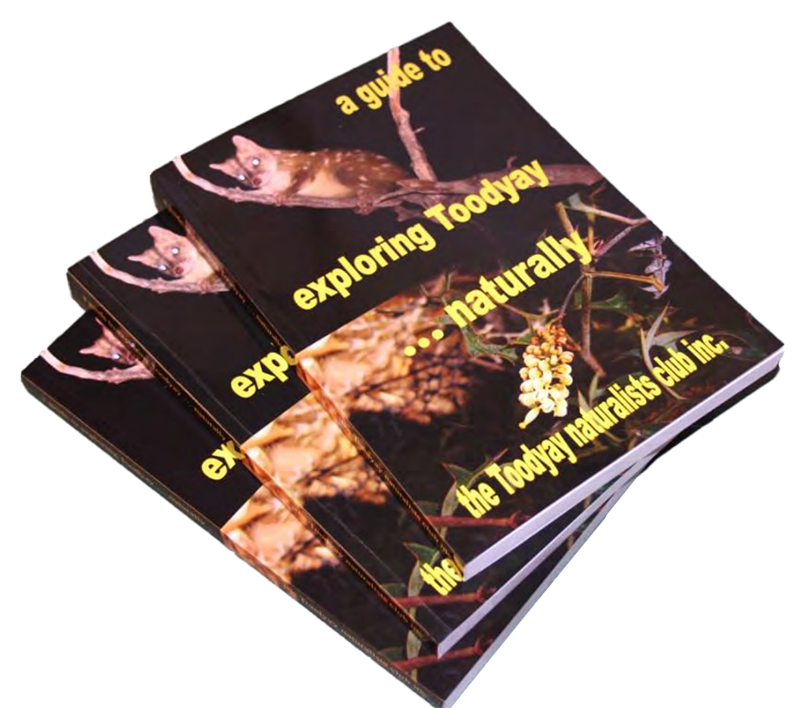With our earlier rains the frogs are now calling and what a great sound it is following a long, hot summer.
The Moaning Frog call can cause sleep-less nights with its long and rising low moan if residing too close to the house.
The Moaning Frog is found in swampy and sandy areas from as far north of the state as Geraldton, east to Cape Arid and Rottnest Island – a vast area.
Although the female of the frog species is usually bigger than the male the difference is minimal with the Moaning Frog.
The female will measure up to 66mm SVL (the SVL is the measurement from the tip of the snout to the end of the body) and the male 63mm.
Colouring can be brown to dark grey with yellowish patches on the upper body, tiny white spots sprinkled on the flanks and a light-coloured underbody.
Breeding is interesting with 80 to 500 eggs laid in autumn in a burrow that is dug at an angle from the surface with the metamorphosis in September or October.
The term ‘metamorphosis’ is described in ‘Frogs of Western Australia’ as ‘the change of state taking place in an animal’s life-history’.
In the frog family it is the change from the egg to the tadpole to the frog.
There are several frog species that have a visible external ear that is known as the tympanum.
The Moaning Frog’s ear may, or may not, be able to be seen.
Frogs feed exclusively on live prey of many of the ‘creepy crawlies’ including spiders, beetles, moths, snails and slugs, slaters or woodlice, moths and flies.
The frog will sit quietly waiting for the unsuspecting insect then its long, sticky tongue whips out to catch the meal.
This article was published in the June 2025 edition of the Toodyay Herald, p. 32.
The Toodyay Naturalists’ Club welcomes sightings and observations of flora, fauna and all areas of natural history. To add your sightings, email secretary@toodyaynats.org.au or submit a sighting via our online form.

A Moaning Frog. Photo by Lyn Phillips.



